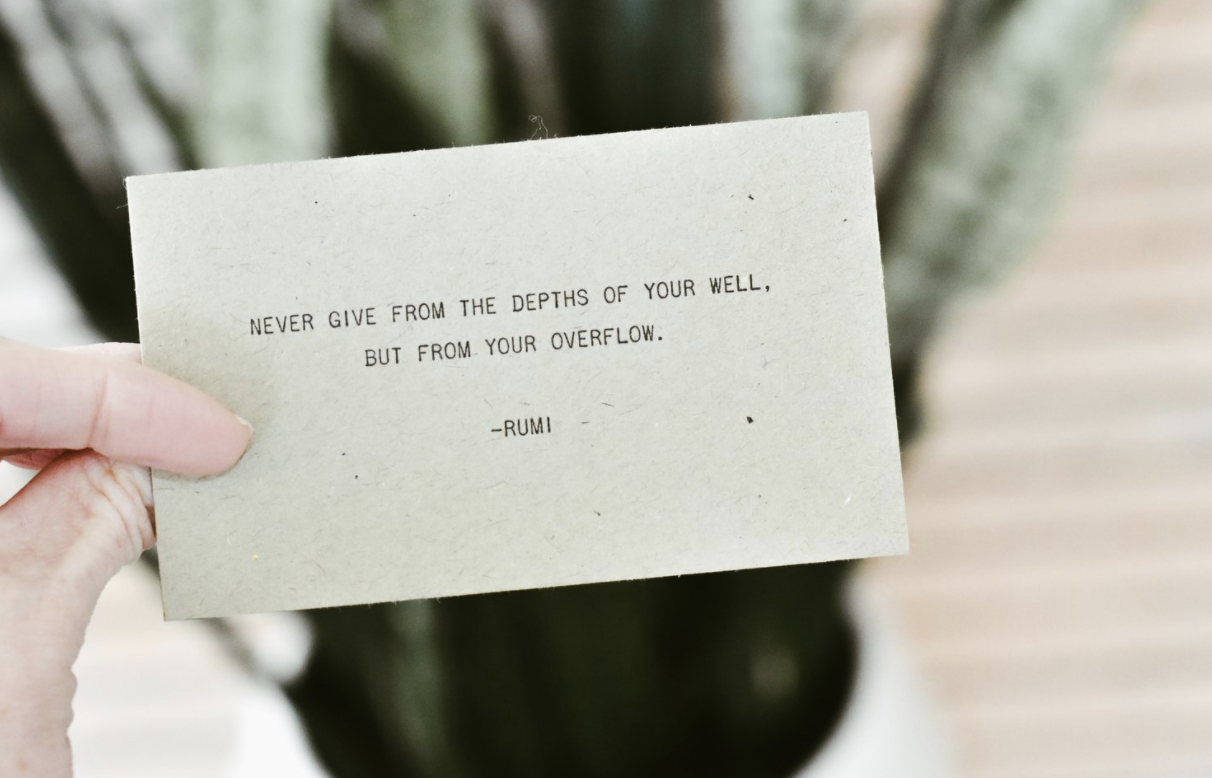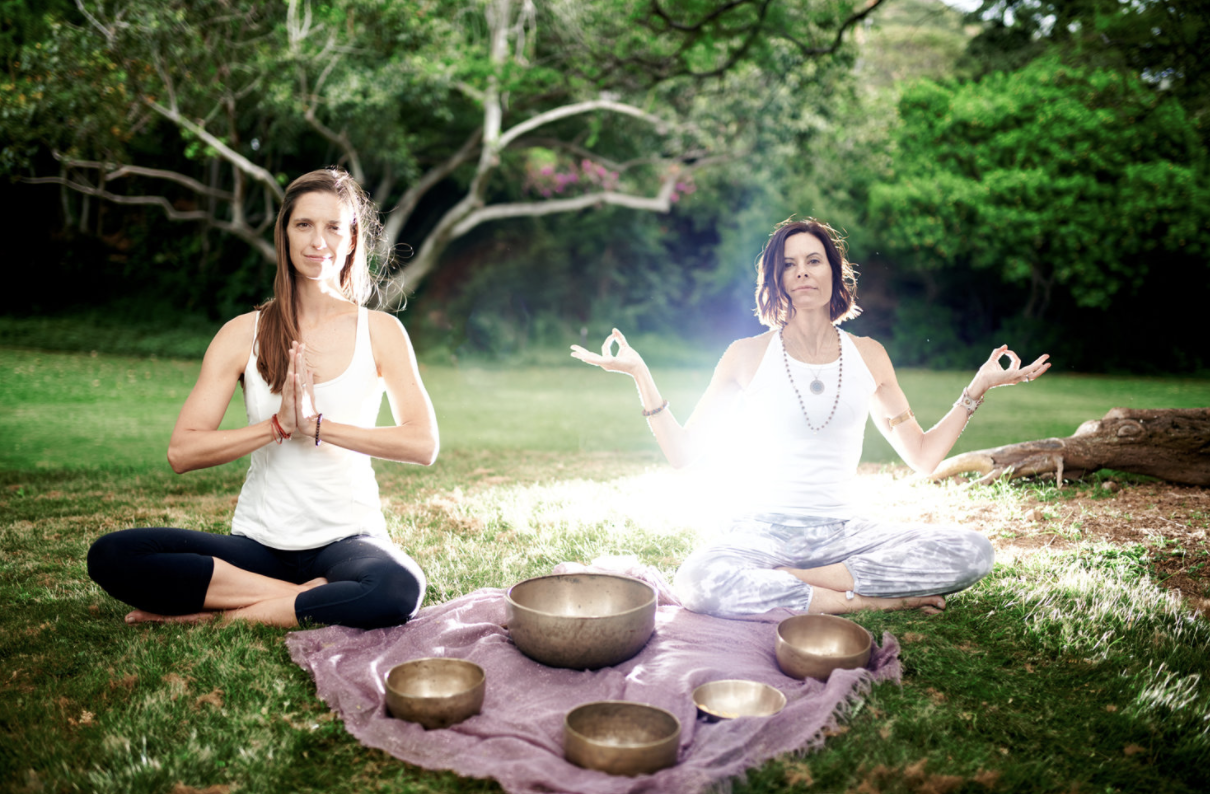Photo by Aaron Visuals Via Unsplash
“And because I love this life, I know I shall love death as well. The child cries out when from the right breast the mother takes it away, the very next moment to find in the left one its consolation.” — Rabindranath Tagore (1861-1941)
Rabindranath Tagore was one of India’s greatest poets. He is famous for writing the national anthem for both India and Bangladesh and gave Gandhi his title– “Mahatma.”
Tagore’s compelling ideas on death and humility successfully won the hearts of both the east and west. He had an unorthodox way of depicting death as a teacher of many valuable lessons. While many outward thinkers look at death like it is a void, that destroys life with no trace left of existence, Tagore showed us an inward and mystical perspective, suggesting that death is a continuation of our journey and is a teacher of humility.
Tagore lost his mother and best friend only a few years before losing his wife, two daughters and son. These tragedies are eloquently channeled in his 1913 composition, “Gitanjali”–– a collection of poems that earned him the Nobel Prize and reputation of being the first non-European laureate.
This rapid succession of misfortune was no doubt an intense time in Tagore’s life. It is clear from reading “Gitanjali” that Tagore had a close relationship to death. In fact, he calls death a “breaker of barriers” and a “light” that shows one the way.
“I know that the day will come when my sight of this earth shall be lost, and life will take its leave in silence, drawing the last curtain over my eyes. Yet stars will watch at night, and morning rise as before, and hours heave like sea waves casting up pleasures and pains. When I think of this end of my moments, the barrier of the moments breaks and I see by the light of death thy world with its careless treasures. Rare is its lowliest seat, rare is its meanest of lives. Things that I longed for in vain and things that I got---let them pass. Let me but truly possess the things that I ever spurned and overlooked.”
When I read these verses I feel humbled and transformed. I am reminded of the brevity of my own life. I too believe death can be a reality check and can strengthen one’s humility––an attractive and powerful trait.
To be humble does not imply that we are less than others or that we are down on ourselves. Humility has a quiet confidence and requires no bragging or applause. It implies compassion and acceptance of other perspectives. It is the realization that even the things we feel so sure about might be wrong. Death has a way of sharpening these attributes. When we are humble our true greatness shines.
In the words of E. M. Forster, “Death destroys a man, but the idea of death saves him.” For most people, actively contemplating our temporal existence can make life more meaningful and precious. Think of the saying, “don’t sweat the small stuff,” it really rings true when you begin with the end in mind.
One of my favorite Tagore stories involved Albert Einstein. Einstein invited Tagore to Germany to talk about the nature of reality. Upon arriving, Einstein said: “I memorized a line of yours––‘We come nearest to greatness when we are great in humility’ ––I love that line of yours.—I believe it.”
Even Einstein, perhaps one of the greatest scientists of all time, championed the trait of humility.
Even with his extraordinary mind and life, Tagore did not pretend to be a perfectly enlightened sage, nor did he look down upon others thinking he was better. When I read his poetry I get the feeling that, more than anything, he wanted to be thought of as ordinary. He was not afraid to publicly voice his human side and imperfections. I think this is why people related to him.
“I came out alone on my way to my tryst. But who is this that follows me in the silent dark? I move aside to avoid his presence but I escape him not. He makes the dust rise from the earth with his swagger; he adds his loud voice to every word that I utter. He is my own little self, my lord, he knows no shame; but I am ashamed to come to thy door in his company,” Tagore wrote in “Gitanjali.”
I am inspired by Tagore’s courage. He wore his heart on his sleeve. His words remind me about the brevity of life, the obstacles of being human and where to place my attention. For me, much of his poetry transforms the notion of death from foe to friend and from barrier to gateway. We don’t know when our time is up, or what comes after, but the inquiry can evoke humility and help us find joy in the simplicity of life, so we can share that with the people we love.
I read once that right before Steve Jobs died he spent his last moments looking at his family, uttering “Oh Wow, Oh Wow, Oh Wow.” No one knows exactly what Jobs was seeing or experiencing, but when I read this It reminded me of something Tagore wrote. “Death is not extinguishing the light; it is only putting out the lamp because the dawn has come.”
Impermanence and change are certain, as is this breath and possibly the next. When it comes to my perspective on death, my inner being resonates with Tagore’s theories. But, I also respect that other people’s may not.
Despite varying perspectives, we can all agree that life is short and what we do with it matters. A tincture of simplicity and humbleness sprinkled throughout the day can wake us up to the things we may have needlessly spurned and/or overlooked. Practice this and you may start to gain your perspectives on death. You may even find that there is a “consolation” after death and that it can be loved just as much as life itself.
A Yoga Unplugged collaboration - written by Jennifer Reuter, edited by Sarah Burchard

































